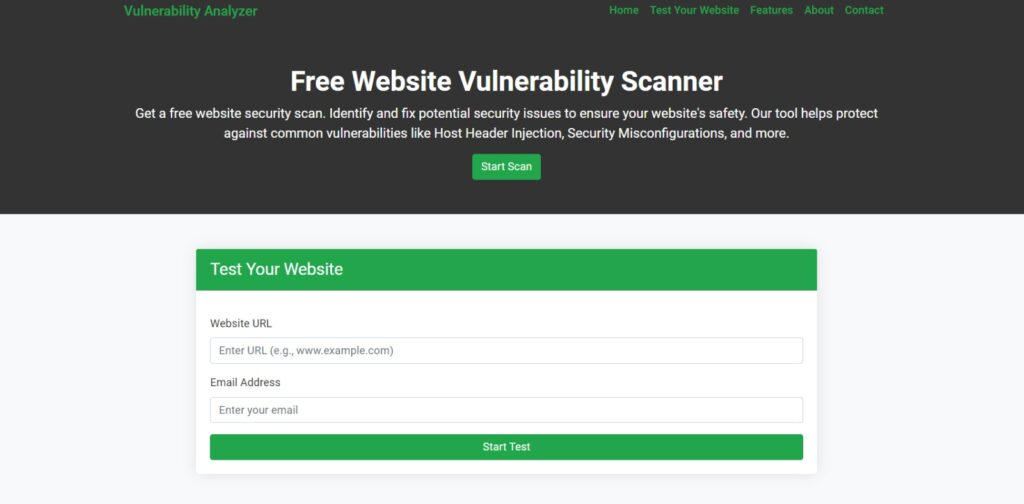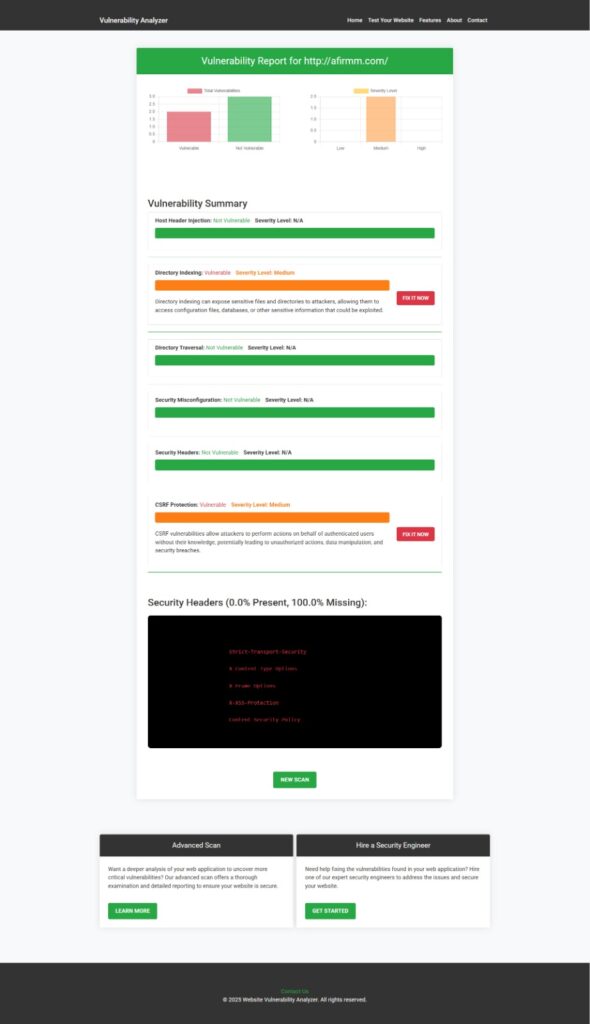Best 7 Ways to Check for Subdomain Takeover in React.js
🧠 Introduction: Why Subdomain Takeover Matters in React.js
Subdomain takeover is a critical security vulnerability that occurs when an unused subdomain (e.g., dev.example.com) points to a third-party service (like GitHub Pages, AWS S3, or Heroku) that is no longer in use—but still resolvable via DNS.

This issue is particularly concerning for single-page apps (SPAs) like those built in React.js, where front-end routing and microservice architectures often introduce additional subdomains. In this blog, we will explore how to check for subdomain takeover in React.js, along with best practices and real code examples to harden your apps.
📌 What is Subdomain Takeover?
Subdomain takeover happens when:
- A DNS record (like a CNAME) still points to an external service.
- The resource at the service (e.g., GitHub repo or S3 bucket) is deleted or unclaimed.
- An attacker registers the missing resource and gains control of your subdomain.
Here are the 7 best ways to check for subdomain takeover in React.js applications:
🔍 1. Perform DNS Enumeration and Identify CNAME Records
Start by identifying DNS records pointing to external services using tools like dnsenum, Amass, or Sublist3r.
amass enum -d yourdomain.comThen resolve CNAMEs:
dig dev.yourdomain.com CNAME +shortLook for third-party services like:
*.s3.amazonaws.com*.github.io*.herokudns.com
⚠️ If the external resource doesn’t exist, it’s a candidate for subdomain takeover.
💻 2. Detect 404 or Error Pages in React Frontend Routing
React.js SPAs often have routes like /dashboard or /admin. If served over a subdomain, you may run into custom 404s or CORS errors that indicate missing service resources.
fetch("https://dev.yourdomain.com/healthcheck")
.then((res) => {
if (res.status === 404) {
console.warn("Potential subdomain takeover detected!");
}
})
.catch((err) => {
console.error("Subdomain unreachable:", err);
});📸 Screenshot of our Website Vulnerability Scanner:

🧾 3. Use Automation to Scan for Takeovers
Automated tools can help validate known vulnerable services:
subzy -targets subdomains.txtOr try:
subjack -w subdomains.txt -t 100 -timeout 30 -ssl -c fingerprints.jsonBoth tools return subdomains vulnerable to takeover.
🔐 4. Hardcode Safe Defaults in React.js App Deployment
While React is frontend, the app still controls deployment pipelines. Avoid unclaimed or stale subdomains in:
.env.productionpackage.json > homepageCNAMEfile in GitHub Pages deployments
REACT_APP_API_URL=https://api.secure.yourdomain.comUse environment-specific URLs only.
📈 5. Monitor DNS Changes Using APIs or CI/CD Pipelines
If your DNS is managed via Cloudflare or Route53, monitor real-time changes:
aws route53 list-resource-record-sets --hosted-zone-id ZONEIDIncorporate automated subdomain monitoring in CI/CD tools like GitHub Actions:
- name: Check Subdomains
run: bash ./scripts/check-takeovers.sh📄 Sample Vulnerability Report from our tool to check Website Vulnerability:

🧪 6. Validate HTTP Response Signatures from Subdomains
Fetch pages from all React-based subdomains and analyze the headers.
curl -I https://blog.yourdomain.comWatch for headers like:
X-Powered-By: GitHub PagesServer: AmazonS3X-Heroku-Request-Id
If headers are present but the resource doesn’t exist, it’s vulnerable.
🧰 7. Set Up Wildcard and DNS Safety Nets
Protect your React.js subdomains via:
- Wildcard DNS routing to a safe fallback domain
NXDOMAINhandling- Public-key DNSSEC verification
This ensures that even if DNS misconfigurations occur, attackers can’t easily exploit abandoned subdomains.
📖 Related Blog Posts You’ll Love
For more React.js-specific vulnerability prevention guides:
- ✅ HTTP Parameter Pollution in React.js
- ✅ Prevent Race Condition in React.js
- ✅ Prevent NoSQL Injection in React.js
- ✅ Transport Layer Protection in TypeScript
🔗 Boost Your App Security Further
We’ve also covered how to prevent XML Injection in Laravel on our partner site at PentestTesting.com.
🚀 New Security Services You Should Explore
1️⃣ AI Application Security
Discover how we protect AI-driven apps from evolving threats:
🔗 https://www.pentesttesting.com/ai-application-cybersecurity/
2️⃣ Become a Cybersecurity Partner
Agencies and MSPs can now offer our services under your brand:
🔗 https://www.pentesttesting.com/offer-cybersecurity-service-to-your-client/
3️⃣ Need Help or a Free Scan?
Talk to us directly or book a scan now:
🔗 https://www.cybersrely.com/contact-us/
💬 Conclusion
Understanding how to check for subdomain takeover in React.js is essential for every developer deploying modern apps. These vulnerabilities don’t just expose individual services—they put your brand and data at risk.
Use automated scanners, monitor DNS, and audit your frontend deployment pipeline to stay ahead of attackers. Start by scanning your domain with our free tool today for a Website Security test!
Pingback: Prevent NoSQL Injection in React.js with 7 Powerful Ways